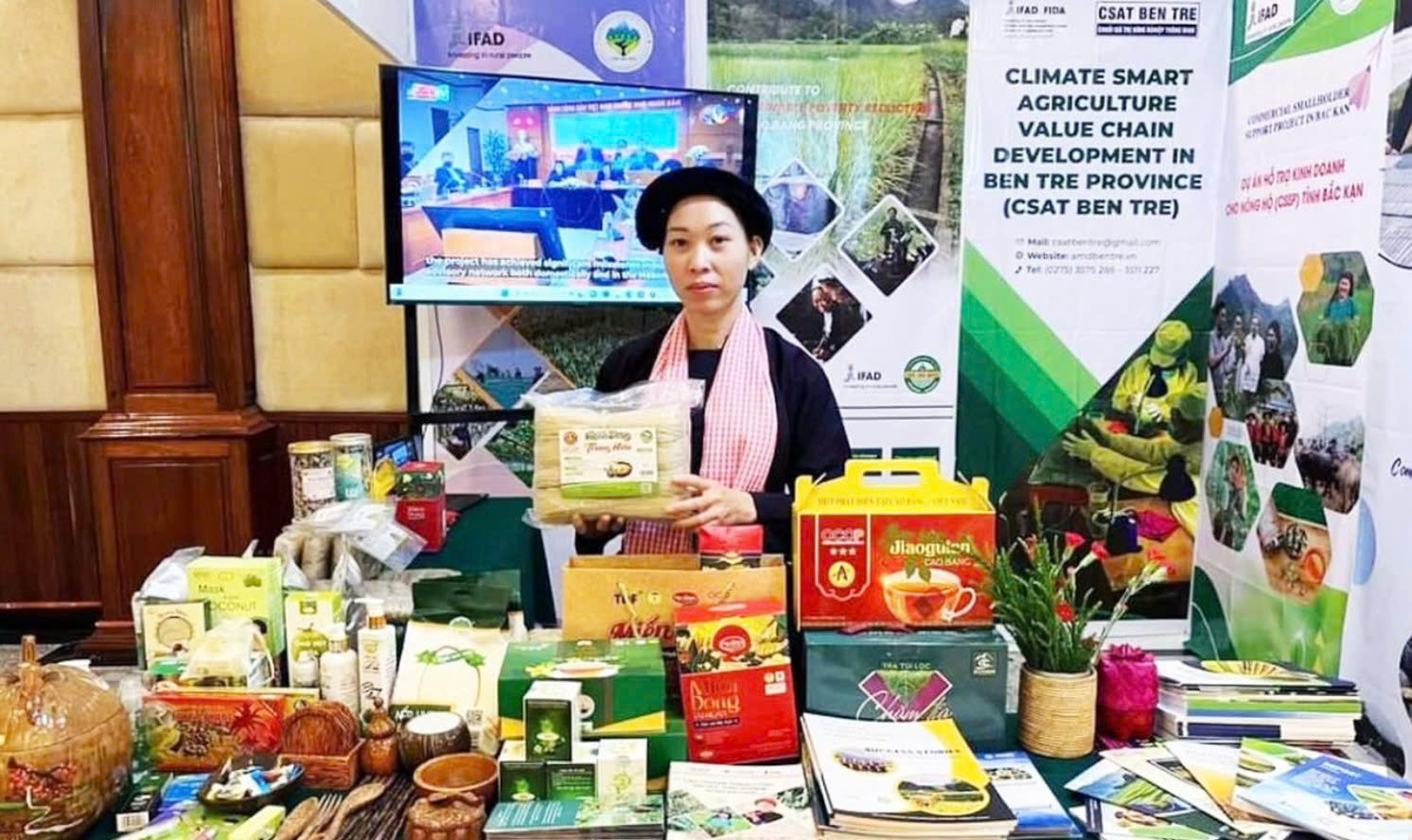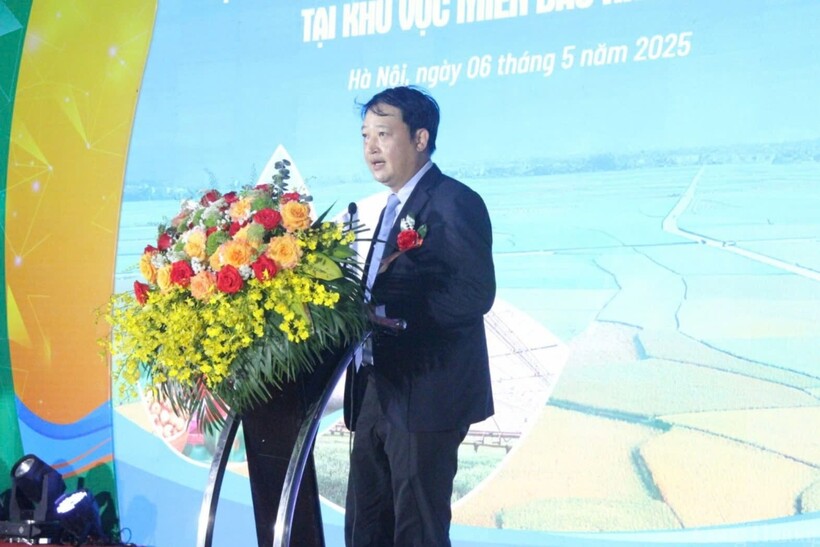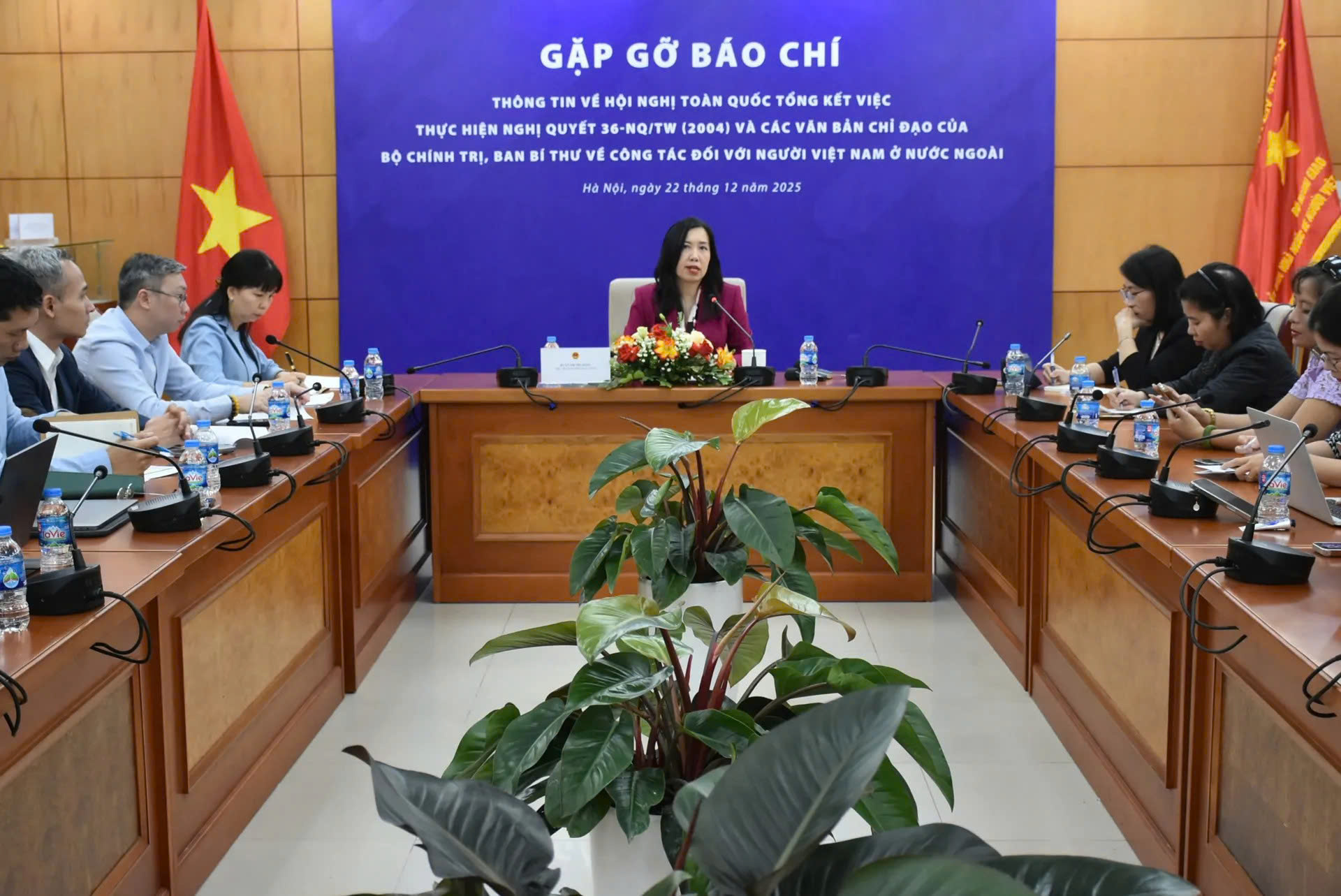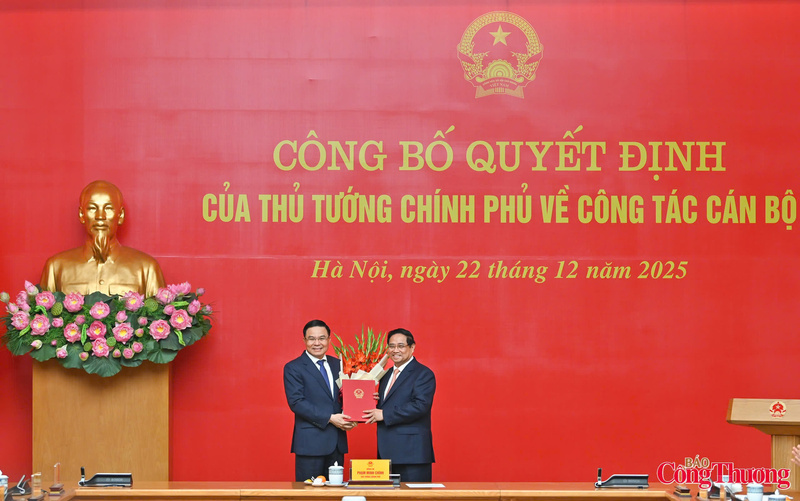
Connecting markets, elevating Cao Bang’s local brands
19:05 | 23/03/2025 15:49 | 19/07/2025Culture
Connecting cooperatives and businesses
No longer limited to small markets in remote areas, well-organized trade fairs are becoming vital gateways for agricultural products from ethnic minority and highland communities to reach broader markets. Starting from rudimentary offerings, many cooperatives have evolved, confidently bringing distinctive local specialties with improved packaging and quality standards into modern supply chains.
In the vibrant early-summer atmosphere, the 2025 Trade Promotion Fair for Cooperatives in the Northern Region officially opened at Vincom Mega Mall Royal City, Hanoi. The event is part of the National Trade Promotion Program approved by the Ministry of Industry and Trade and organized by the Vietnam Cooperative Alliance in collaboration with the Vietnam Trade Promotion Agency and related units.
Themed “Bringing agricultural products to urban areas 2025,” the fair goes beyond displaying and selling goods. It includes a series of activities such as B2B networking between cooperatives and enterprises, seminars, regional art performances, and the promotion of OCOP-branded products.

Mr. Bui Quang Hung, Deputy Director General of the Vietnam Trade Promotion Agency under the Ministry of Industry and Trade
Praising the fair’s role in market connection, Bui Quang Hung, Deputy Director General of the Vietnam Trade Promotion Agency under the Ministry of Industry and Trade, stated: “The collective economy, with cooperatives at its core, continues to play a key role in agricultural production, effectively linking farmers and businesses, and contributing to the development of key goods and regional specialties. These efforts define a unique development space, shaped by regional identity, linked value chains, and enhanced product value. The contributions of cooperatives and enterprises have laid a foundation for overcoming ongoing challenges and fostering sustainable growth.”
According to Hung, this fair is not only meaningful but also demonstrates a clear vision for connecting cooperative products to the market. It’s a valuable opportunity for cooperatives to introduce their products to consumers, businesses, distributors, and investors both domestically and internationally. Beyond market expansion, the fair promotes regional linkages, helping build sustainable supply chains and enhance product value, looking toward exports.
“Going forward,” he added, “the Vietnam Trade Promotion Agency will continue working closely with ministries, sectors, localities, international organizations, and the business community to support cooperatives in developing more professionally, sustainably, and adaptively in line with the demands of a market economy and global integration.”
Advancing cooperatives through trade promotion
At the opening ceremony, Dinh Hong Thai, Vice President of the Vietnam Cooperative Alliance, emphasized: “The period from 2023 to 2025, especially 2025, has been designated by our alliance as a strategic time for trade promotion, with a wide range of activities, including fairs, exhibitions, forums, supply-demand connection, training, brand building, and digital commerce. Today’s fair is a key highlight, helping cooperatives find and expand markets for their products.”
Thai underscored that trade promotion has become a vital “bridge” for cooperatives, helping resolve market access challenges, strengthen value chains, enhance competitiveness, and progressively integrate with domestic and international markets.

Mr. Dinh Hong Thai, Vice President of the Vietnam Cooperative Alliance
“This is more than just a trade event. It is a clear affirmation of the central role that the collective economic sector plays in sustainable development. The strong interest from all levels of the government and the participation of cooperatives from remote areas show the renewed vitality of Vietnam’s cooperative economy.”
A new highlight of this year’s fair is the increasing presence of high-tech, green, and eco-friendly products. Many cooperatives now apply organic production methods and meet OCOP or VietGAP standards to offer high-quality goods aligned with modern consumer tastes. Some booths include QR codes for product traceability or video clips of production processes, helping build customer trust.
The fair is also accompanied by diverse activities such as folk art performances, seminars, and investment promotion events, all contributing to a lively, welcoming atmosphere and stronger interregional connections. These cultural elements not only celebrate local identity but also help cooperatives build a modern, dynamic, and culturally rich image.
In a time when consumer markets are becoming more demanding and competitive, organizing a national-scale trade fair exclusively for cooperatives is a strategic move. It helps cooperatives enhance their visibility, assert their presence in the marketplace, and access new business models and sustainable consumption trends.
This fair is more than a sales platform. It’s a place where cooperatives can network, exchange experiences, and connect with the broader modern trade-service ecosystem. Through each booth and business-matching session, a new agricultural startup ecosystem is gradually forming, with cooperatives as the central node. This is also a chance for management bodies and trade promotion units to hear grassroots voices and refine support policies, from processing and packaging to traceability and branding.
Most importantly, the fair rekindles trust and ambition in remote communities, where even the smallest local product, if nurtured and supported properly, can become a symbol of cultural and economic pride reaching broader markets.
Running until May 11, 2025, the fair offers a wide range of activities to promote farm produce consumption, showcase OCOP products, and highlight regional specialties. It is expected to be one of the year’s standout trade promotion events for the collective economy.
Not only in Hanoi, agricultural trade fairs are also held in mountainous provinces. In Quang Ngai, the highland fair in Son Ha District has injected new vitality into the H’re ethnic community. Products like jungle vegetables, wild banana blossoms, dried mountain bananas, and fermented rice wine have received warm local support, not just for their quality, but for the cultural stories they tell.
In Khanh Hoa Province, Khanh Son District also hosted a local specialty fair featuring over 50 booths from newly formed cooperatives and Raglai ethnic producers. Though small in scale, such models have significant ripple effects, helping localities gradually build specialty brands tied to geographic identities.
In Lai Chau Province, regular trade fairs now feature ancient tea, mint honey, and glass noodles, bringing together sellers, buyers, businesses, experts, and distributors. Each fair becomes a “soft bridge” that helps ethnic minority communities not only sell their goods but also learn about branding, market trends, and deeper integration into value chains.
Trade fairs are no longer just places of “quick buying and selling.” They have evolved into cultural and economic exchange spaces, where highland specialties are celebrated, connected, and redefined with a new level of significance. It is the synergy between local value and market trends, something a single support program cannot achieve, but a community-driven fair can.

19:05 | 23/03/2025 15:49 | 19/07/2025Culture

19:05 | 23/03/2025 17:07 | 06/06/2025Trade

19:05 | 23/03/2025 17:50 | 03/06/2025Vietnamese Brands

19:05 | 23/03/2025 16:32 | 23/12/2025News and Events

19:05 | 23/03/2025 16:30 | 23/12/2025Trade

19:05 | 23/03/2025 23:26 | 22/12/2025Industry

19:05 | 23/03/2025 23:19 | 22/12/2025News and Events

19:05 | 23/03/2025 14:41 | 22/12/2025News and Events